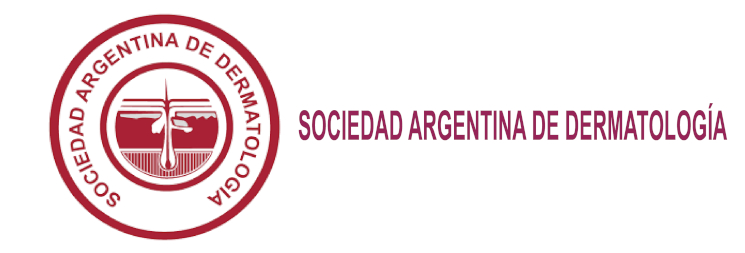Cutaneous melanoma epidemiology in Argentina: analysis from de Argentine Cutaneous Melanoma Registry
Resumen
Abstract:
Introduction: Argentina has scarce data on cutaneous melanoma (CM) incidence: The Argentine Skin Cancer Foundation and the Argentine Society of Dermatology developed a joint project, aimed at gathering information on the epidemiological aspects of CM in Argentina.
Objectives: to present the RAMC results from January 2003 till April 2009; to deliver useful information for CM control actions and to stimulate collaboration among professionals who diagnose and treat CM.
Methods and Design: the records are actively sought from diverse medical specialties sources. A database is constructed, controls are implemented and the analysis of the data is performed.
Results: 3.832 cases were analyzed. Median age: 55.1 years (females); 58.5 years (males) (p<0.001). The most frequent location in women were the lower limbs; in males the trunk (p<0.001). Superficial
spreading melanoma was the most frequent clinical type (54%), followed by nodular melanoma (27%), lentigo maligna melanoma (8%) and acrolentiginous melanoma (6%). Fifty six percent of the
lesions had Breslow thickness index <1mm. Among women, the Breslow thickness index changed with age. Among those younger than 40 years, 61.8% had tumors <1.01 mm. CM cases registered from public health institutions presented significantly higher Breslow thickness scores than those from the private sector. (p<0.05 for all age and sex groups, except those >70 years).
Conclusions: The Breslow thickness index findings from public institutions suggest the need for greater control measures in that sector. Greater participation is needed by all those involved in the care of CM patients to determine its true incidence in Argentina
(Dermatol Argent 2010;16(1):39-45).
Keywords: cutaneous melanoma, Argentina, tumor registry, epidemiology
Descargas
Publicado
Número
Sección
Licencia
El/los autor/es tranfieren todos los derechos de autor del manuscrito arriba mencionado a Dermatología Argentina en el caso de que el trabajo sea publicado. El/los autor/es declaran que el artículo es original, que no infringe ningún derecho de propiedad intelectual u otros derechos de terceros, que no se encuentra bajo consideración de otra revista y que no ha sido previamente publicado.
Le solicitamos haga click aquí para imprimir, firmar y enviar por correo postal la transferencia de los derechos de autor










